Greenwood N.N., Earnshaw A.0-7506-3365-4
Table of contents :
Front Matter……Page 1
Table of Contents……Page 4
Preface to the Second Edition……Page 18
Preface to the First Edition……Page 20
1.2 Origin of the Universe……Page 22
1.3 Abundances of the Elements in the Universe……Page 24
1.4 Stellar Evolution and the Spectral Classes of Stars……Page 26
1.5.1 Hydrogen burning……Page 30
1.5.2 Helium burning and carbon burning……Page 31
1.5.3 The alpha-process……Page 32
1.5.5 The s- and r-processes (slow and rapid neutron absorption)……Page 33
1.5.7 The x-process……Page 34
1.6 Atomic Weights……Page 36
1.6.1 Uncertainty in atomic weights……Page 37
1.6.2 The problem of radioactive elements……Page 39
2.1 Introduction……Page 41
2.2 The Electronic Structure of Atoms……Page 42
2.3.1 Trends in atomic and physical properties……Page 44
2.3.2 Trends in chemical properties……Page 48
2.4 Prediction of New Elements and Compounds……Page 50
3.1 Introduction……Page 53
3.2.1 Isotopes of hydrogen……Page 55
3.2.2 Ortho- and para-hydrogen……Page 56
3.2.3 Ionized forms of hydrogen……Page 57
3.3.1 Hydrogen……Page 59
3.3.2 Deuterium……Page 60
3.3.3 Tritium……Page 62
3.4 Chemical Properties and Trends……Page 64
3.4.1 The coordination chemistry of hydrogen……Page 65
3.5 Protonic Acids and Bases……Page 69
3.6 The Hydrogen Bond……Page 73
3.6.1 Influence on properties……Page 74
3.6.2 Influence on structure……Page 80
3.6.3 Strength of hydrogen bonds and theoretical description……Page 82
3.7 Hydrides of the Elements……Page 85
4.2.1 Discovery and isolation……Page 89
4.2.2 Terrestrial abundance and distribution……Page 90
4.2.3 Production and uses of the metals……Page 92
4.2.4 Properties of the alkali metals……Page 95
4.2.5 Chemical reactivity and trends……Page 97
4.2.6 Solutions in liquid ammonia and other solvents……Page 98
4.3.1 Introduction: the ionic-bond model……Page 100
4.3.2 Halides and hydrides……Page 103
4.3.3 Oxides, peroxides, superoxides and suboxides……Page 105
4.3.4 Hydroxides……Page 107
4.3.5 Oxoacid salts and other compounds……Page 108
4.3.6 Coordination chemistry……Page 111
4.3.7 Imides, amides and related compounds……Page 120
4.3.8 Organometallic compounds……Page 123
5.1 Introduction……Page 128
5.2.1 Terrestrial abundance and distribution……Page 129
5.2.2 Production and uses of the metals……Page 131
5.2.3 Properties of the elements……Page 132
5.2.4 Chemical reactivity and trends……Page 133
5.3.1 Introduction……Page 134
5.3.2 Hydrides and halides……Page 136
5.3.3 Oxides and hydroxides……Page 140
5.3.4 Oxoacid salts and coordination complexes……Page 143
Beryllium……Page 148
Magnesium……Page 152
Calcium, strontium and barium……Page 157
6.1 Introduction……Page 160
6.2.1 Isolation and purification of the element……Page 161
6.2.2 Structure of cjstalline boron……Page 162
6.2.4 Chemical properties……Page 165
6.3.1 Introduction……Page 166
6.3.2 Preparation and stoichiometry……Page 167
6.3.3 Structures of borides……Page 168
6.4.1 Introduction……Page 172
6.4.2 Bonding and topology……Page 178
6.4.3 Preparation and properties of boranes……Page 183
6.4.4 The chemistry of small boranes and their anions……Page 185
6.4.5 Intermediate-sized boranes and their anions……Page 191
6.4.6 Chemistry of nido-decaborane……Page 194
6.4.7 Chemistry of closo-B……Page 199
6.5 Carboranes……Page 202
6.6 Metallocarboranes……Page 210
6.7.1 Boron trihalides……Page 216
6.7.2 Lower halides of boron……Page 221
6.8.1 Boron oxides and oxoacids……Page 224
6.8.2 Borates……Page 226
6.9 Boron-Nitrogen Compounds……Page 228
6.10.1 Compounds with bonds to P, As or Sb……Page 232
6.10.2 Compounds with bonds to S , Se and Te……Page 234
7.1 Introduction……Page 237
7.2.1 Terrestrial abundance and distribution……Page 238
7.2.2 Preparation and uses of the metals……Page 240
7.2.3 Properties of the elements……Page 243
7.2.4 Chemical reactivity and trends……Page 245
7.3.1 Hydrides and related complexes……Page 248
7.3.2 Halides and halide complexes……Page 254
7.3.3 Oxides and hydroxides……Page 263
7.3.4 Ternary and more complex oxide phases……Page 268
7.3.5 Other inorganic compounds……Page 273
7.3.6 Organometallic compounds……Page 278
8.1 Introduction……Page 289
8.2.1 Terrestrial abundance and distribution……Page 290
8.2.2 Allotropic forms……Page 295
8.2.3 Atomic and physical properties……Page 297
8.2.4 Fullerenes……Page 300
8.2.5 Chemical properties of carbon……Page 310
8.3 Graphite Intercalation Compounds……Page 314
8.4 Carbides……Page 318
8.5 Hydrides, Halides and Oxohalides……Page 322
8.6 Oxides and Carbonates……Page 326
8.7 Chalcogenides and Related Compounds……Page 335
8.8 Cyanides and Other Carbon-Nitrogen Compounds……Page 340
8.9 Organometallic Compounds……Page 348
9.1 Introduction……Page 349
9.2.1 Occurrence and distribution……Page 350
9.2.3 Atomic and physical properties……Page 351
9.2.4 Chemical properties……Page 352
9.3.1 Silicides……Page 357
9.3.2 Silicon hydrides (silanes)……Page 359
9.3.3 Silicon halides and related complexes……Page 362
9.3.4 Silica and silicic acids……Page 364
9.3.5 Silicate minerals……Page 369
9.3.6 Other inorganic compounds of silicon……Page 381
9.3.7 Organosilicon compounds and silicones……Page 383
10.1 Introduction……Page 389
10.2.1 Terrestrial abundance and distribution……Page 390
10.2.2 Production and uses of the elements……Page 391
10.2.3 Properties of the elements……Page 393
10.2.4 Chemical reactivity and group trends……Page 395
10.3.1 Hydrides and hydrohalides……Page 396
10.3.2 Halides and related complexes……Page 397
10.3.3 Oxides and hydroxides……Page 404
10.3.4 Derivatives of oxoacids……Page 409
10.3.5 Other inorganic compounds……Page 411
10.3.6 Metal-metal bonds and clusters……Page 413
10.3.7 Organometallic compounds……Page 418
11.1 Introduction……Page 428
11.2.1 Abundance and distribution……Page 429
11.2.2 Production and uses of nitrogen……Page 431
11.2.3 Atomic and physical properties……Page 433
11.2.4 Chemical reactivity……Page 434
11.3 Compounds……Page 438
11.3.1 Nitrides, azides and nitrido complexes……Page 439
11.3.2 Ammonia and ammonium salts……Page 442
11.3.3 Other hydrides of nitrogen……Page 448
11.3.4 Thermodynamic relations between N-containing species……Page 456
11.3.5 Nitrogen halides and related compounds……Page 460
11.3.6 Oxides of nitrogen……Page 465
11.3.7 Oxoacids, oxoanions and oxoacid salts of nitrogen……Page 481
12.1 Introduction……Page 495
12.2.1 Abundance and distribution……Page 497
12.2.3 Allotropes of phosphorus……Page 501
12.3.1 Phosphides……Page 505
12.3.2 Phosphine and related compounds……Page 508
12.3.3 Phosphorus halides……Page 511
12.3.4 Oxohalides and thiohalides of phosphorus……Page 518
12.3.5 Phosphorus oxides, sulfides, selenides and related compounds……Page 520
12.3.6 Oxoacids of phosphorus and their salts……Page 528
12.3.7 Phosphorus -nitrogen compounds……Page 549
12.3.8 Organophosphorus compounds……Page 560
13.1 Introduction……Page 565
13.2.1 Abundance, distribution and extraction……Page 566
13.2.2 Atomic and physical properties……Page 568
13.2.3 Chemical reactivity and group trends……Page 570
13.3.1 Intermetallic compounds- and alloys……Page 572
13.3.2 Hydrides of arsenic, antimony and bismuth……Page 575
13.3.3 Halides and related complexes……Page 576
13.3.4 Oxides and oxo compounds……Page 590
13.3.5 Sulfides and related compounds……Page 597
13.3.6 Metal-metal bonds and clusters……Page 602
13.3.7 Other inorganic compounds……Page 610
13.3.8 Organometallic compounds……Page 611
14.1.1 Introduction……Page 619
14.1.2 Occurrence……Page 621
14.1.3 Preparation……Page 622
14.1.4 Atomic and physical properties……Page 623
14.1.5 Other forms of oxygen……Page 626
14.1.6 Chemical properties of dioxygen……Page 631
14.2.1 Coordination chemistry: dioxygen as a ligand……Page 635
14.2.2 Water……Page 640
14.2.3 Hydrogen peroxide……Page 653
14.2.4 Oxygen fluorides……Page 658
14.2.5 Oxides……Page 660
15.1.1 Introduction……Page 665
15.1.2 Abundance and distribution……Page 667
15.1.3 Production and uses of elemental sulfur……Page 669
15.1.4 Allotropes of sulfur……Page 672
15.1.5 Atomic and physical properties……Page 681
15.1.6 Chemical reactivity……Page 683
15.2.1 Sulfides of the metallic elements……Page 697
15.2.2 Hydrides of sulfur (sulfanes)……Page 703
15.2.3 Halides of sulfur……Page 704
15.2.4 Oxohalides of sulfur……Page 714
15.2.5 Oxides of sulfur……Page 717
15.2.6 Oxoacids of sulfur……Page 728
Sulfuric acid……Page 732
Peroxosulfuric acids……Page 735
Thiosulfuric acid……Page 737
Dithionic acid……Page 738
Polythionic acids……Page 739
Sulfurous acid……Page 740
Dithionous acid……Page 743
15.2.7 Sulfur-nitrogen compounds……Page 745
Binary sulfur nitrides……Page 746
Sulfur-nitrogen cations and anions……Page 754
Sulfur imides……Page 760
Sulfur-nitrogen-halogen compounds……Page 761
Sulfur-nitrogen-oxygen compounds……Page 765
16.1.1 Introduction: history, abundance, distribution……Page 772
16.1.2 Production and uses of the elements……Page 773
16.1.3 Allotropy……Page 776
16.1.4 Atomic and physical properties……Page 778
16.1.5 Chemical reactivity and trends……Page 779
16.1.6 Polyatomic cations……Page 784
16.1.7 Polyatomic anions……Page 787
16.2.1 Selenides, tellurides and polonides……Page 791
16.2.2 Hydrides……Page 792
16.2.3 Halides……Page 793
16.2.4 Oxohalides and pseudohalides……Page 804
16.2.5 Oxides……Page 806
16.2.6 Hydroxides and oxoacids……Page 808
16.2.7 Other inorganic compounds……Page 810
16.2.8 Organo-compounds……Page 813
17.1.1 Introduction……Page 816
17.1.2 Abundance and distribution……Page 822
17.1.3 Production and uses of the elements……Page 823
17.1.4 Atomic and physical properties……Page 827
17.1.5 Chemical reactivity and trends……Page 831
17.2.1 Hydrogen halides, HX……Page 837
17.2.2 Halides of the elements……Page 847
17.2.3 Interhalogen compounds……Page 853
17.2.4 Polyhalide anions……Page 864
17.2.5 Polyhalonium cations……Page 868
17.2.6 Halogen cations……Page 871
17.2.7 Oxides of chlorine, bromine and iodine……Page 873
17.2.8 Oxoacids and oxoacid salts……Page 882
17.2.9 Halogen oxide fluorides and related compounds……Page 905
17.2.10 Halogen derivatives of oxoacids……Page 913
17.3 The Chemistry of Astatine……Page 915
18.1 Introduction……Page 918
18.2.1 Distribution, production and uses……Page 919
18.2.2 Atomic and physical properties of the elements……Page 920
18.3 Chemistry of the Noble Gases……Page 922
18.3.2 Compounds of xenon……Page 923
18.3.3 Compounds of other noble gases……Page 933
19.1 Introduction……Page 935
19.2 Types of Ligand……Page 936
19.3 Stability of Coordination Compounds……Page 938
19.4 The Various Coordination Numbers……Page 942
19.5 Isomerism……Page 948
19.6 The Coordinate Bond……Page 951
19.7 Organometallic Compounds……Page 955
19.7.1 Monohapto ligands……Page 956
19.7.2 Dihapto ligands……Page 961
19.7.3 Trihapto ligands……Page 964
19.7.4 Tetrahapto ligands……Page 966
19.7.5 Pentahapto ligands……Page 968
19.7.6 Hexahapto ligands……Page 971
19.7.7 Heptahapto and octahapto ligands……Page 972
20.1 Introduction……Page 975
20.2.2 Preparation and uses of the metals……Page 976
20.2.3 Properties of the elements……Page 977
20.2.4 Chemical reactivity and trends……Page 979
20.3.1 Simple compounds……Page 980
20.3.2 Complexes……Page 981
20.3.3 Organometallic compounds……Page 984
21.1 Introduction……Page 985
21.2.2 Preparation and uses of the metals……Page 986
21.2.3 Properties of the elements……Page 987
21.2.4 Chemical reactivity and trends……Page 989
21.3.1 Oxides and sulfides……Page 992
21.3.2 Mixed (or complex) oxides……Page 993
21.3.3 Halides……Page 995
21.3.4 Compounds with oxoanions……Page 997
21.3.5 Complexes……Page 998
21.3.6 Organometallic compounds……Page 1003
22.1 Introduction……Page 1007
22.2.2 Preparation and uses of the metals……Page 1008
22.2.3 Atomic and physical properties of the elements……Page 1009
22.2.4 Chemical reactivity and trends……Page 1010
22.3.1 Oxides……Page 1012
22.3.2 Polymetallates……Page 1014
22.3.3 Sulfides, selenides and tellurides……Page 1018
22.3.4 Halides and oxohalides……Page 1020
22.3.5 Compounds with oxoanions……Page 1025
22.3.6 Complexes……Page 1026
22.3.8 Organometallic compounds……Page 1031
23.1 Introduction……Page 1034
23.2.2 Preparation and uses of the metals……Page 1035
23.2.3 Properties of the elements……Page 1036
23.2.4 Chemical reactivity and trends……Page 1037
23.3.1 Oxides……Page 1039
23.3.2 Isopolymetallates……Page 1041
23.3.3 Heteropolymetallates……Page 1046
23.3.4 Tungsten and molybdenum bronzes……Page 1048
23.3.5 Sulfides, selenides and tellurides……Page 1049
23.3.6 Halides and oxohalides……Page 1051
23.3.7 Complexes of chromium, molybdenum and tungsten……Page 1055
23.3.8 Biological activity and nitrogen fixation……Page 1067
23.3.9 Organometallic compounds……Page 1069
24.1 Introduction……Page 1072
24.2.2 Preparation and uses of the metals……Page 1073
24.2.3 Properties of the elements……Page 1075
24.2.4 Chemical reactivity and trends……Page 1076
24.3.1 Oxides and chalcogenides……Page 1077
24.3.2 Oxoanions……Page 1081
24.3.3 Halides and oxohalides……Page 1083
24.3.4 Complexes of manganese, technetium and rhenium……Page 1086
24.3.5 The biochemistry of manganese……Page 1093
24.3.6 Organometallic compounds……Page 1094
25.1 Introduction……Page 1102
25.2.2 Preparation and uses of the elements……Page 1103
25.2.3 Properties of the elements……Page 1106
25.2.4 Chemical reactivity and trends……Page 1107
25.3.1 Oxides and other chalcogenides……Page 1111
25.3.2 Mixed metal oxides and oxoanions……Page 1113
25.3.3 Halides and oxohalides……Page 1114
25.3.4 Complexes……Page 1117
26.2.1 Terrestrial abundance and distribution……Page 1145
26.2.2 Preparation and uses of the elements……Page 1146
26.2.3 Properties of the elements……Page 1147
26.2.4 Chemical reactivity and trends……Page 1148
26.3.1 Oxides and sulfides……Page 1149
26.3.2 Halides……Page 1151
26.3.3 Complexes……Page 1153
26.3.4 The biochemistry of cobalt……Page 1170
26.3.5 Organometallic compounds……Page 1171
27.1 Introduction……Page 1176
27.2.2 Preparation and uses of the elements……Page 1177
27.2.3 Properties of the elements……Page 1180
27.2.4 Chemical reactivity and trends……Page 1181
27.3.1 The Pd/H2 system……Page 1182
27.3.2 Oxides and chalcogenides……Page 1183
27.3.3 Halides……Page 1184
27.3.4 Complexes……Page 1186
27.3.6 Organometallic compounds……Page 1200
28.1 Introduction……Page 1206
28.2.2 Preparation and uses of the elements……Page 1207
28.2.3 Atomic and physical properties of the elements……Page 1209
28.2.4 Chemical reactivity and trends……Page 1210
28.3 Compounds of Copper, Silver and Gold……Page 1213
28.3.1 Oxides and sulfides……Page 1214
28.3.2 High temperature superconductors……Page 1215
28.3.3 Halides……Page 1216
28.3.4 Photography……Page 1218
28.3.5 Complexes……Page 1220
28.3.6 Biochemistry of copper……Page 1230
28.3.7 Organometallic compounds……Page 1232
29.1 Introduction……Page 1234
29.2.2 Preparation and uses of the elements……Page 1235
29.2.3 Properties of the elements……Page 1236
29.2.4 Chemical reactivity and trends……Page 1238
29.3.1 Oxides and chalcogenides……Page 1241
29.3.2 Halides……Page 1244
29.3.3 Mercury(I)……Page 1246
29.3.4 Zinc(II) and cadmium(II)……Page 1248
29.3.5 Mercury(II)……Page 1250
29.3.6 Organometallic compounds……Page 1254
29.3.7 Biological and environmental importance……Page 1257
30.1 Introduction……Page 1260
30.2.1 Terrestrial abundance and distribution……Page 1262
30.2.2 Preparation and uses of the elements……Page 1263
30.2.3 Properties of the elements……Page 1265
30.2.4 Chemical reactivity and trends……Page 1268
30.3.1 Oxides and chalcogenides……Page 1271
30.3.2 Halides……Page 1273
30.3.3 Magnetic and spectroscopic properties……Page 1275
30.3.4 Complexes……Page 1277
30.3.5 Organometallic compounds……Page 1281
31.1 Introduction……Page 1283
31.2.1 Terrestrial abundance and distribution……Page 1286
31.2.2 Preparation and uses of the actinide elements……Page 1288
31.2.3 Properties of the actinide elements……Page 1295
31.2.4 Chemical reactivity and trends……Page 1297
31.3 Compounds of the Actinides……Page 1300
31.3.1 Oxides and chalcogenides of the actinides……Page 1301
31.3.3 Halides of the actinide elements……Page 1302
31.3.4 Magnetic and spectroscopic properties……Page 1305
31.3.5 Complexes of the actinide elements……Page 1306
31.3.6 Organometallic compounds of the actinides……Page 1311
31.4.1 Introduction……Page 1313
31.4.2 Element 104……Page 1314
31.4.4 Element 106……Page 1315
31.4.6 Elements 110, 111 and 112……Page 1316
Appendix 1: Atomic Orbitals……Page 1318
Appendix 2: Symmetry Elements, Symmetry Operations and Point Groups……Page 1323
Appendix 3: Some Non-SI Units……Page 1326
Appendix 4: Abundance of Elements in Crustal Rocks……Page 1327
Appendix 5: Effective Ionic Radii……Page 1328
Appendix 6: Nobel Prize for Chemistry……Page 1329
Appendix 7: Nobel Prize for Physics……Page 1333
Standard Atomic Weights of the Elements 1995……Page 1338
Recommended Consistent Values of Some Fundamental Physical Constants……Page 1339
A……Page 1340
B……Page 1343
C……Page 1345
D……Page 1349
E……Page 1350
F……Page 1351
G……Page 1352
H……Page 1353
I……Page 1355
J……Page 1356
L……Page 1357
M……Page 1358
N……Page 1359
O……Page 1362
P……Page 1363
R……Page 1366
S……Page 1367
T……Page 1372
U……Page 1374
Y……Page 1375
Z……Page 1376
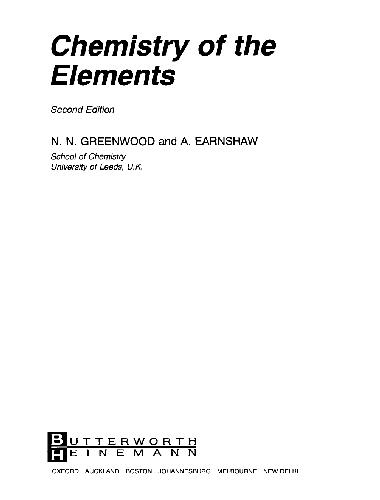

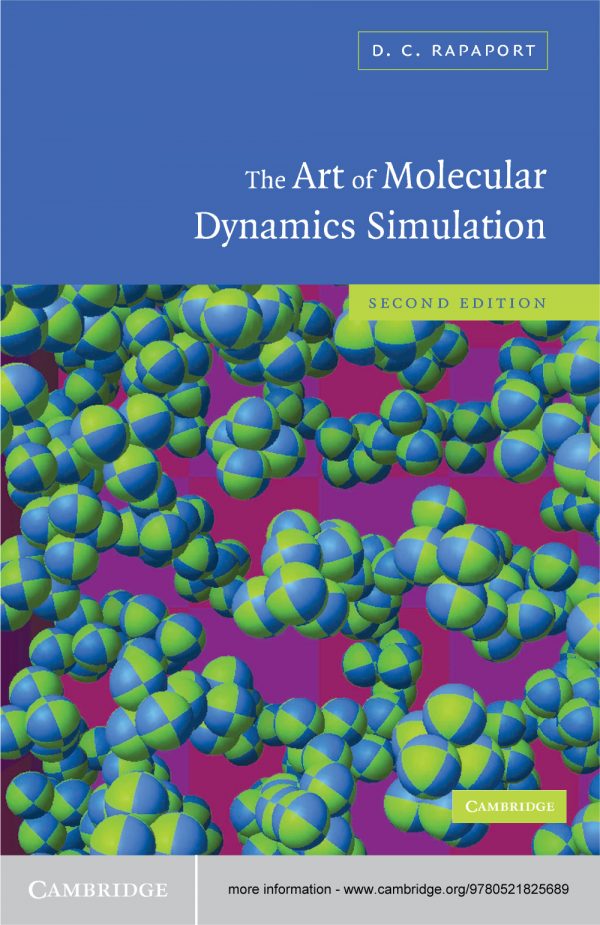
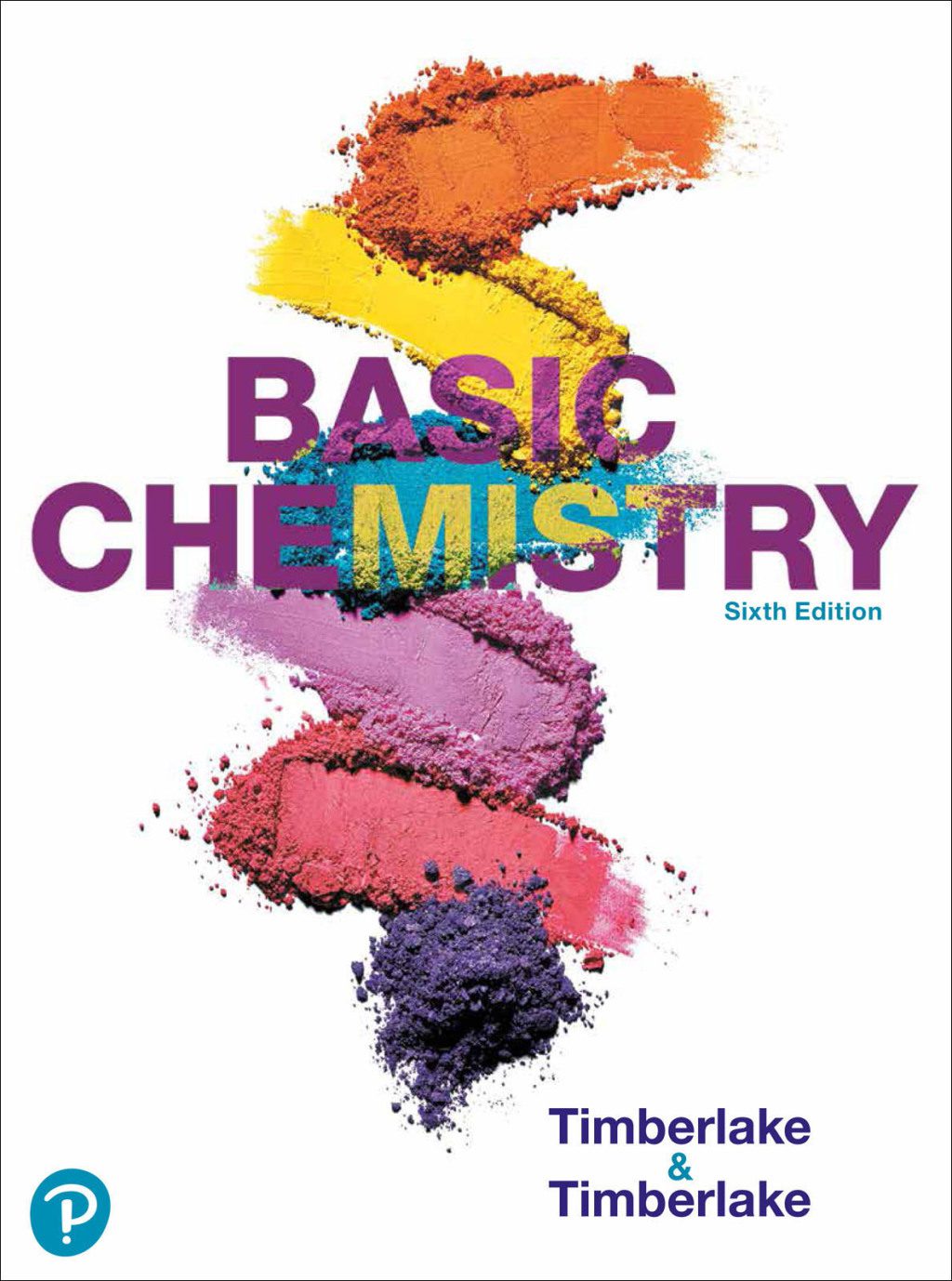

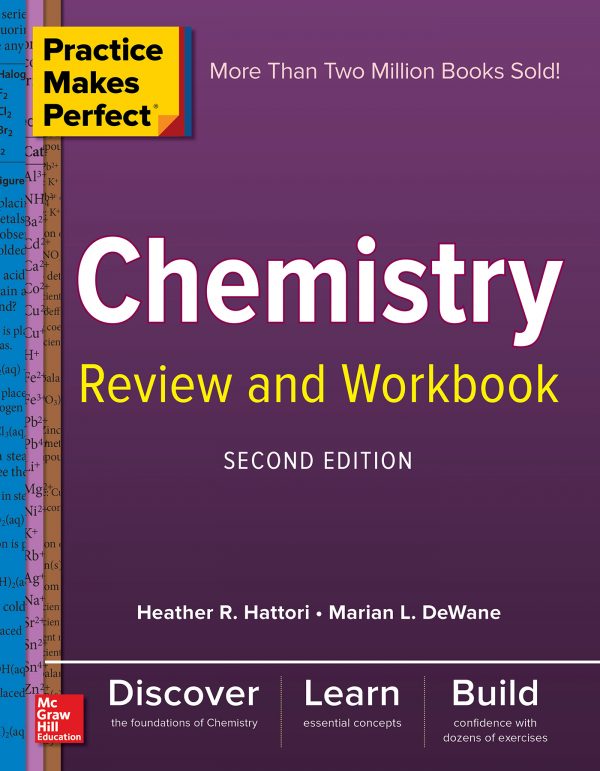
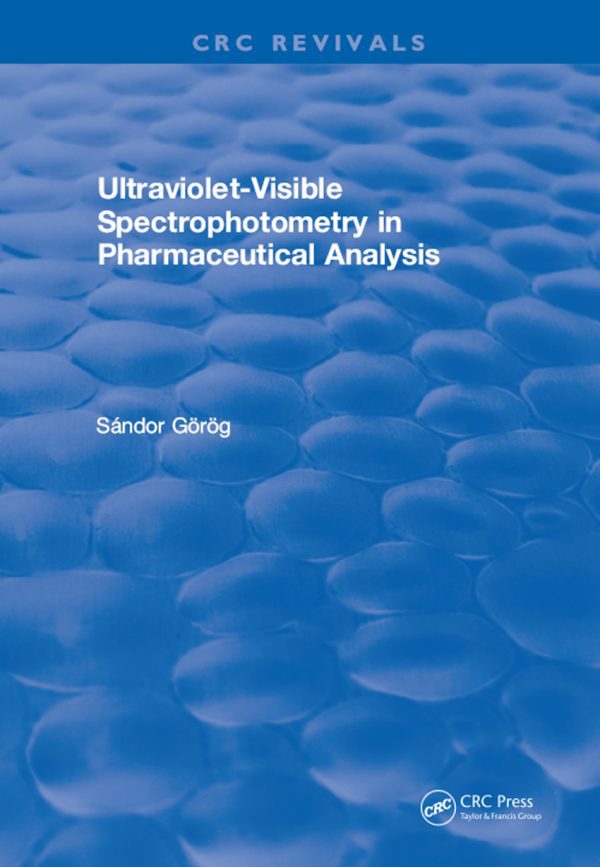
Reviews
There are no reviews yet.